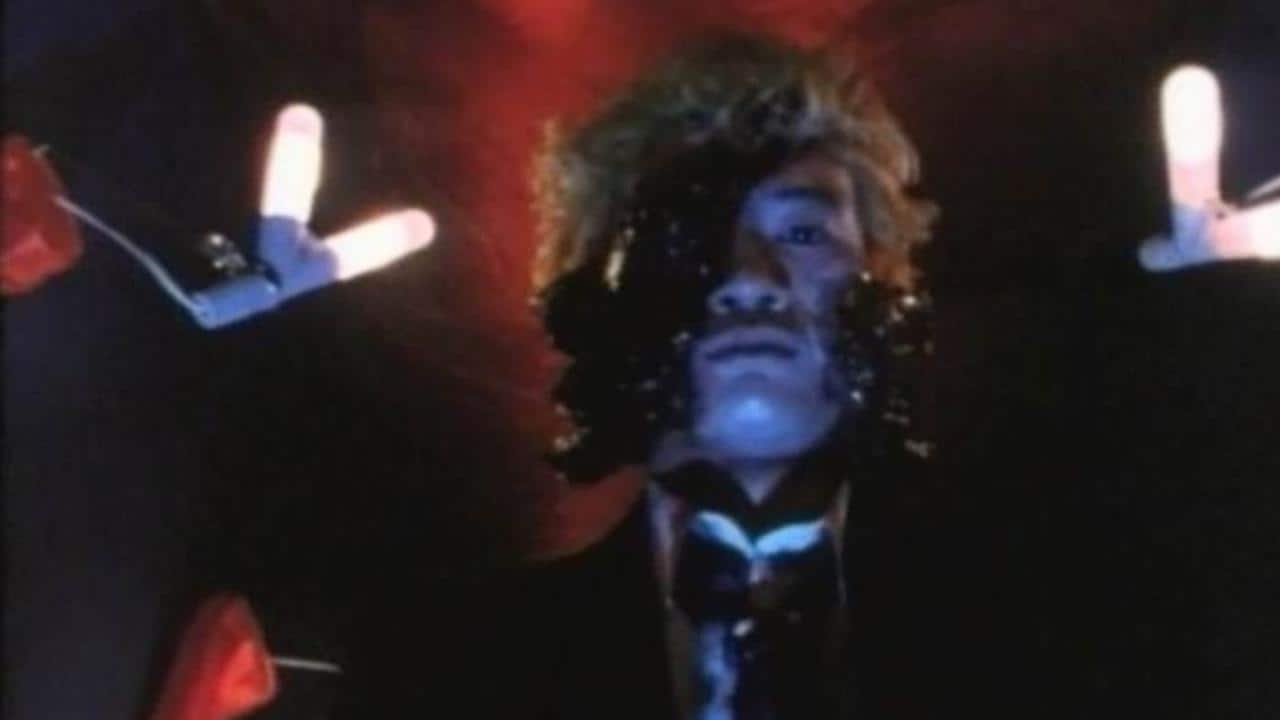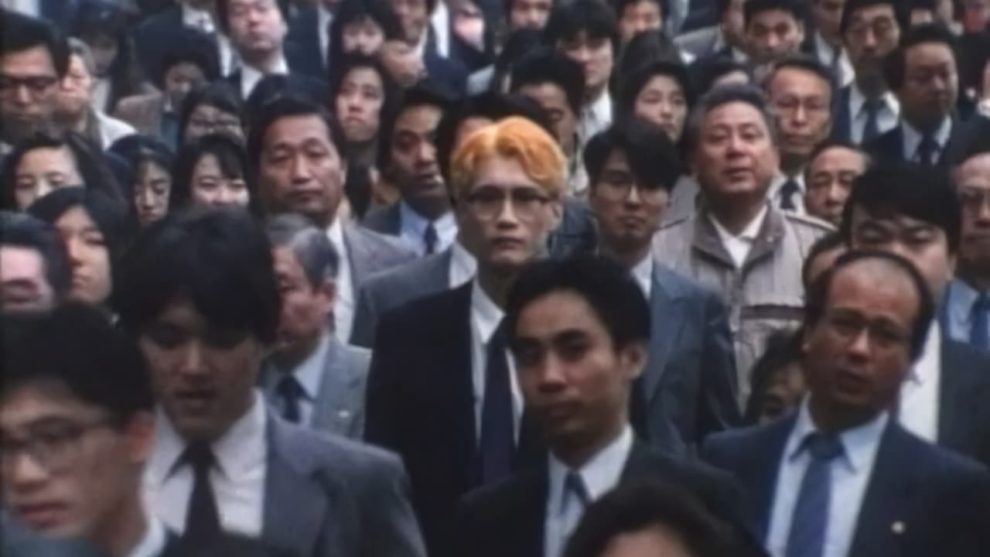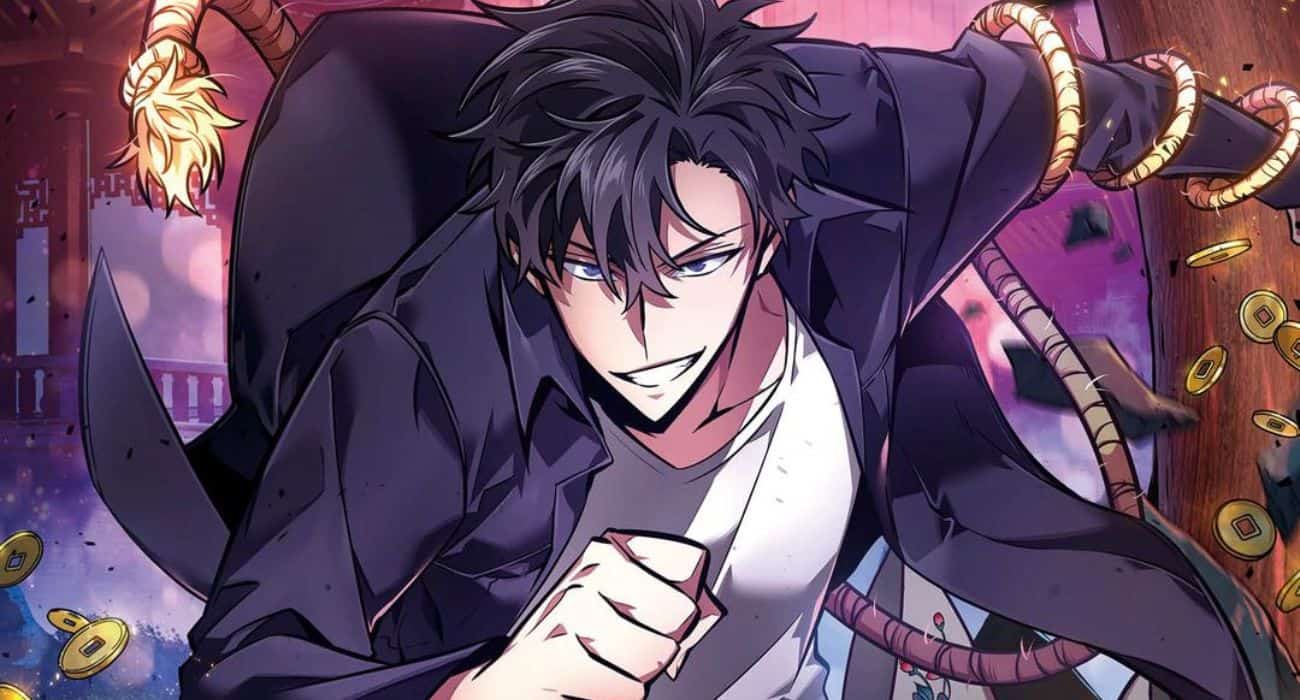Yoshihiro Nishimura is a rather unique artist, particularly since his work in SFX, makeup, designing and directing has deemed the genre of splatter as a highly artistic form, in an accomplishment very few can boast of, and probably none to the degree he has managed to do so. In that regard, it is quite interesting to see where it all started, and “Anatomia Extrinction”, an independently produced movie that Nishimura wrote, directed and did the special effects for, and which eventually became the base for probably his most famous work, “Tokyo Gore Police”, provides a great start point. The film was shown at the Yubari International Fantastic Film Festival in February 1995, where it won a Special Jury Award.
“Anatomia Extinction” is available from Error 4444

The story takes place in an undisclosed time in the near future, when Tokyo is suffering from overpopulation and overcrowding, with the psychological effect on people being rather intense, turning a number of them into serial killers, occasionally even targeting infants, in a desperate effort to sort the population problem. An ordinary businessman seems to suffer from this ailment also, despite the fact that he is quite lonely in his life. Eventually, as he is riding the subway, he is first “stalked” by a trans man, then he becomes witness to his murder, and finally is pursued by the killer himself, one whose appearance is scary as it is strange. The killer eventually captures the businessman, but does not seem willing to kill him; instead, he recruits him to be an “Engineer”, a member of a group with superpowers, whose aim is to reduce the population of the country by killing in the most horrible ways. Soon, and after some strange occurrences that revolve around the way his heart works, the businessman finds himself transforming in the most horrid ways, while his murderous intent eventually brings him against the police.
Yoshihiro Nishimura directs a film that unfolds in a number of axes, both contextual and technical. The news about the overpopulation and the gruesome murders that continuously take place, which are given as both narration and through sequences presented on TV, form the basis of the narrative, since the rest of the story seems to derive from this concept. While Nishimura on occasion uses this “tool” for humoristic purposes (the serial killer guest is a distinct sample), his rather serious comments about the simultaneous issues with overpopulation and alienation of the individual Tokyo inhabitants always experience, also derive from this
Eventually, however, and after the scenes in the subway and the underground, and through a visual approach that has the camera moving in fast forward through the area in a style similar to “Tetsuo”, the movie takes its final form, that of the action-splatter
The meeting with the Engineer, which functions as the dichotomy in the movie's style, is definitely among the very best sequences of “Anatomia Extinction”, as it also highlights Nishimura's ability to create impressive SFX, even with the smaller budget, a trait that has been accompanying him throughout his career. The tension of the chase is rather palpable, but the actual interaction is even more shocking, as the Engineer's sinister smile while he is explaining the purpose of his group and the fact that the businessman is a “special rat”, is as chilling as his overall actions, with Jun Sasaki's rather cult performance finding its apogee here. The sequence has a deep psychological after-effect for the Businessman, since his grip with reality becomes thinner and thinner, as Nishimura plays with the concept, having the people on the TV essentially asking the character to kill. The most significant transformation, however, and the one that changes the nature of the film to an action- splatter, is the one that takes place in the protagonist's body, starting with his heart, that experiences a rather different attack that gradually changes his whole body to something truly monstrous and absurd at the same time.

As the transformation proceeds, this concept becomes more evident, as the Businessman is dominated by his rage to kill, which after a fashion, knows no boundaries, as exhibited in the fight with the policemen, the visually most impressive sequence of the movie. Before that, however, Nishimura has taken care of presenting the members of the Force as despicable beings, prone to brutality and actually as advocates of the thinning of the population through murder. This approach essentially stresses that the Businessman is the hero here and the policemen the villains, with Nishimura's rather harsh critique of the police actually being presented throughout the movie.
Despite its contextual significance, though, the battle sequence mostly thrives due to the visual presentation. The flesh projectiles, another of Nishimura's trademarks, are particularly impressive to watch, as their speed and power overcomes that of bullets. The overall claustrophobic cinematography by Yuji Kojima and Toshihiro Nakane finds its zenith in these sequences, with the horror in the eyes of the policemen intensifying this sense as much as the Businessman's calm but sinister demeanor. The same applies to the editing, with its video-like aesthetics allowing a frantic pace of cuts that add significantly to the horrific atmosphere, and the overall entertainment.
Kisei Ishizuka, despite the fact he has not that many opportunities to shine, particularly after the transformation, gives, nevertheless, a rather impressive performance, highlighting the many different psychological statuses his characters experiences quite convincingly. The angst and sense of being trapped are almost everywhere in his performance, but the sense of fear and disorientation that eventually give their stead to a cocky, violent mania are equally well-presented. Lastly, regarding the cast, special mention should also be given to Tomoko Haseyama as the News Anchorwoman, whose always cheerful telling of the most gruesome news is both hilarious and disturbing at the same time.
The viewer who can see beyond the grotesqueness of “Anatomia Extinction”, will discover a rather rich context, essentially one of the most intriguing works of Nishimura and a great entry to the unique oeuvre of the Master of Splatter.















